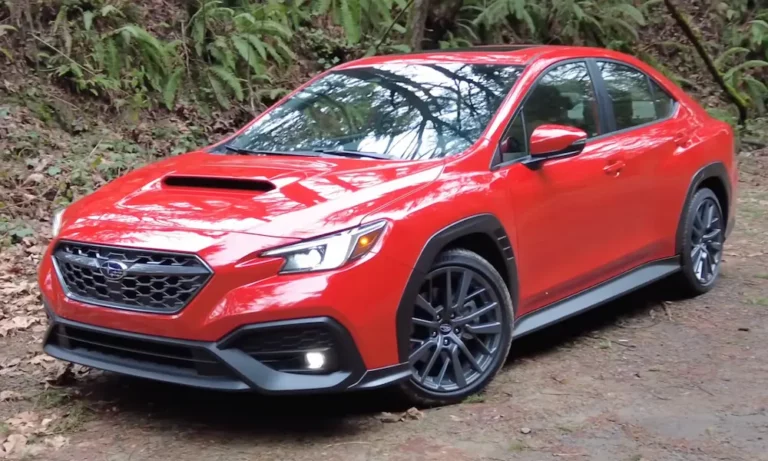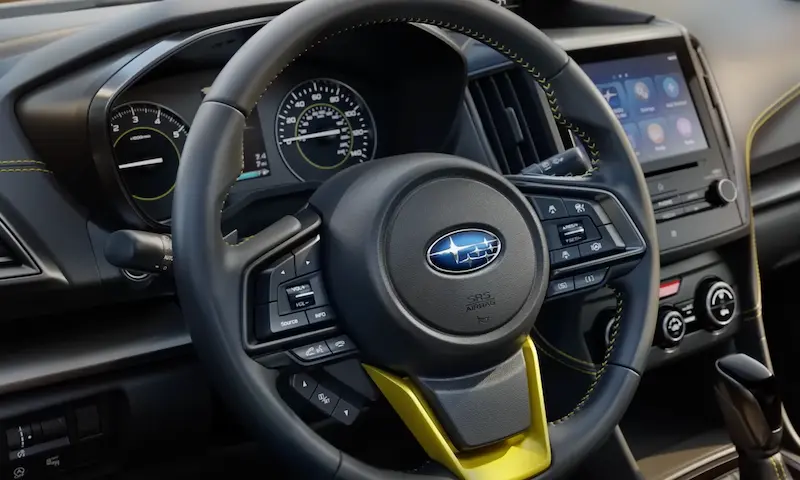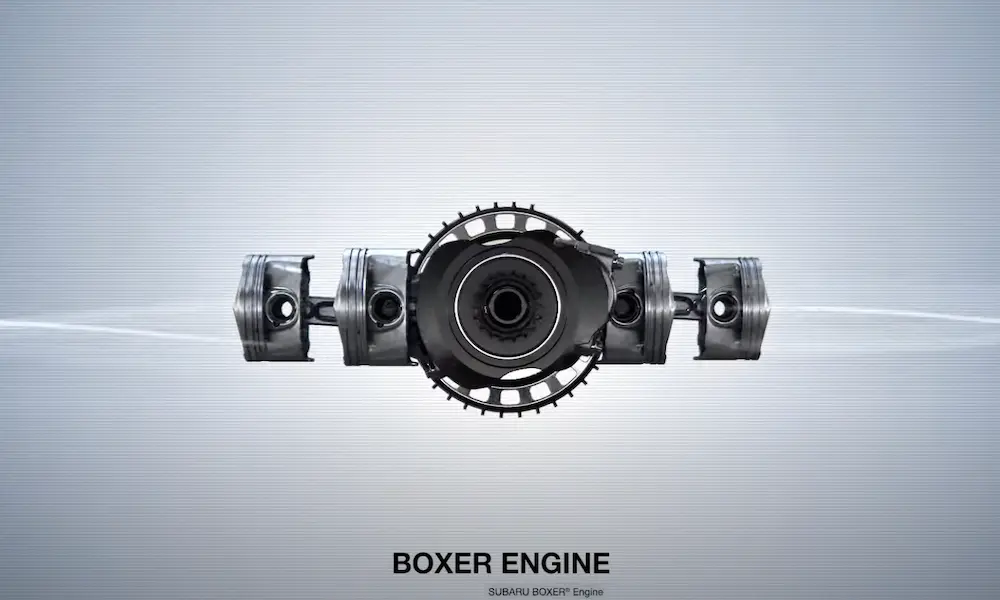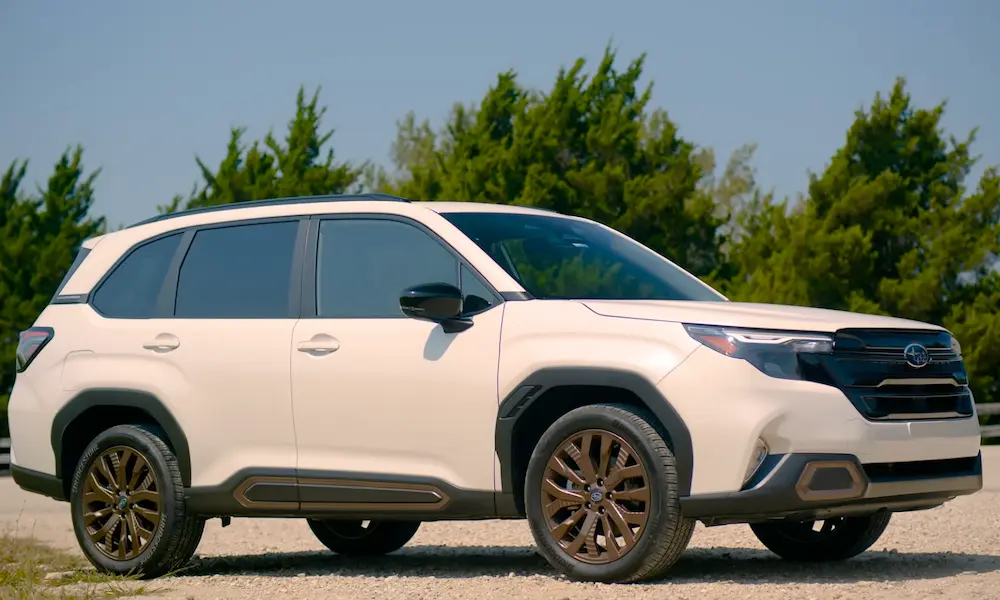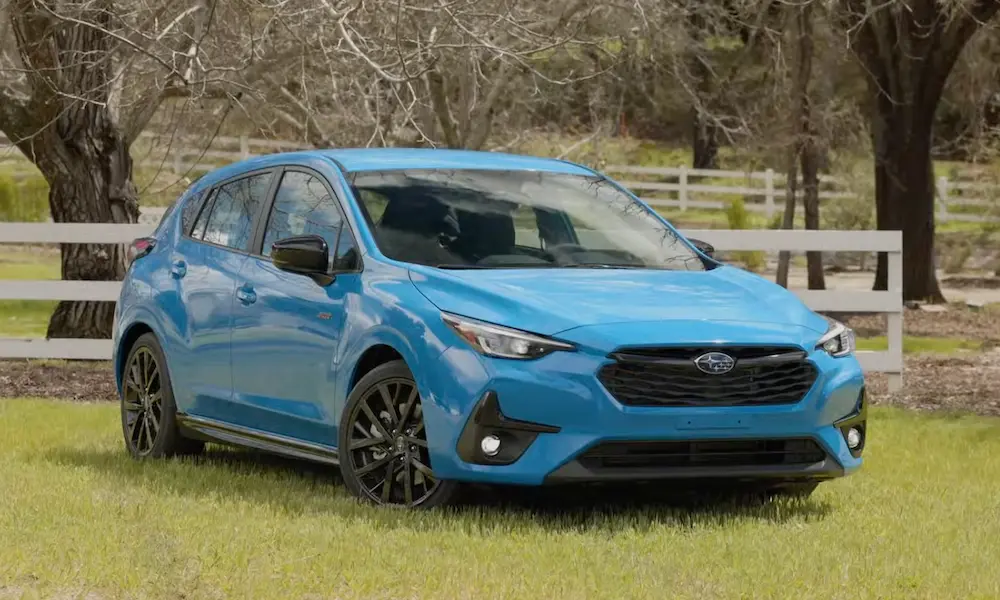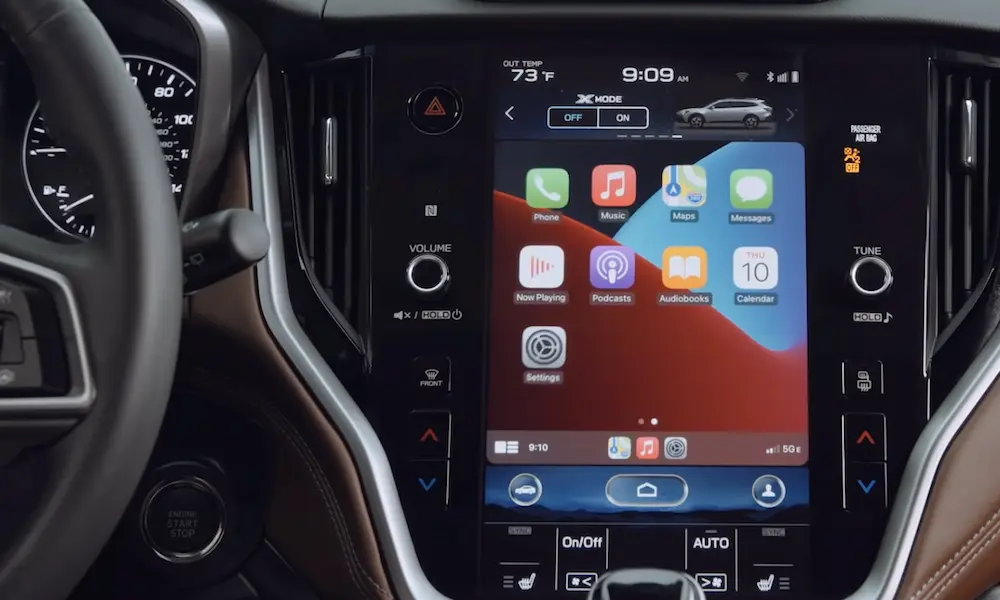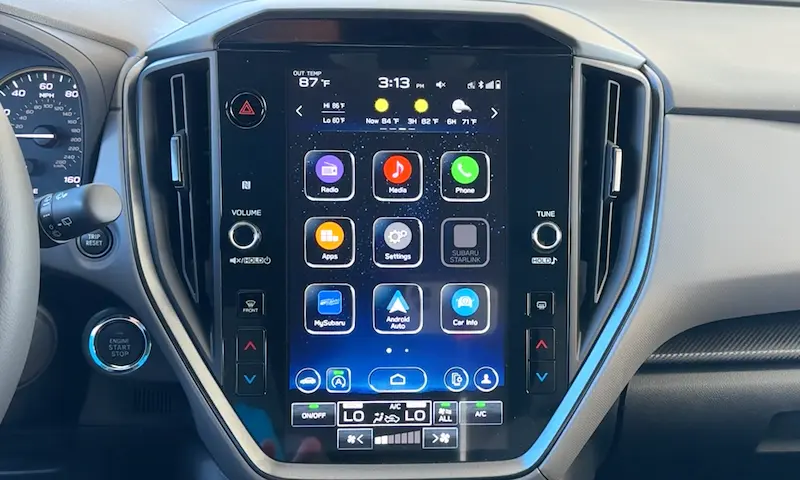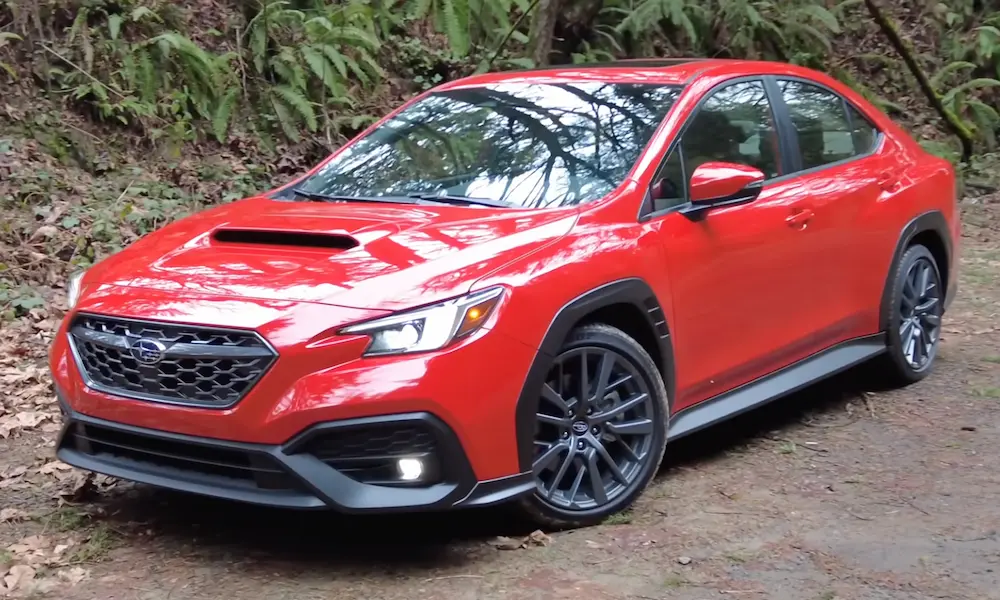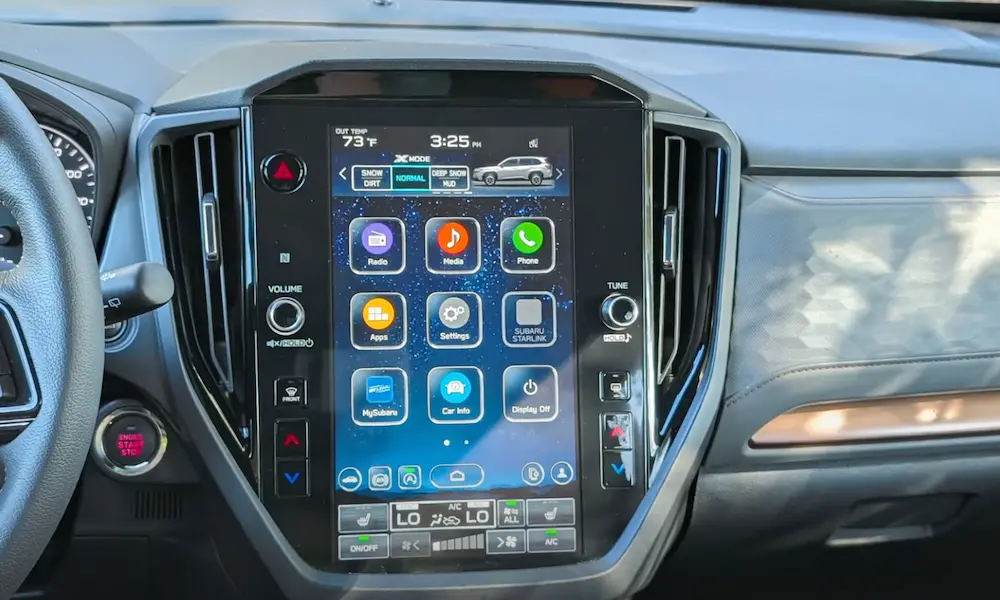Worried about your Subaru’s CVT transmission? You’re not alone. Many Subaru owners face issues like shuddering, stalling, and fluid leaks. Understanding these problems and how to address them can save you time and money. The good news is, there are solutions that might make your driving experience smoother. Keep reading to find out how you can solve these common transmission issues.
Common Problems with Subaru CVT
Transmission Shuddering and Jerking
If your Subaru’s CVT transmission shudders or jerks when you drive, you’re not the only one. Shuddering often happens during acceleration. This could be due to CVT belt slipping or worn components.
Jerking can make your ride uncomfortable and might signal serious transmission issues. Regular check-ups can help catch potential problems early. Ignoring these signs might lead to expensive repairs in the future.
Hesitation and Erratic Shifting
Experiencing hesitation or erratic shifting while driving? Your vehicle might struggle to change gears smoothly. Such problems often appear in later model Subarus.
Hesitation can make accelerating frustrating, especially in traffic. Erratic shifting might leave you feeling out of control on the road. These issues occur due to faulty sensors or failing transmission fluid pressure. You should address them quickly to maintain driving safety.
Fluid Seepage and Leakage
Checking for fluid seepage or leakage can save you from major repairs later. Subaru CVTs sometimes suffer from fluid issues, which could hint at bigger problems.
Seepage might cause your transmission to malfunction over time. Leaks can lower transmission fluid levels, leading to severe internal damage. Keep an eye out for puddles under your car and seek professional help if you notice them.
Increased Stalling and Power Loss
Stalling and power loss might occur in your Subaru CVT, especially at stop signs or on hills. Stalling issues can be disconcerting and potentially dangerous.
Power loss usually stems from inadequate transmission fluid or worn parts. These problems might make it hard to rely on your car when you need it most. Regular maintenance and fluid checks can help prevent unexpected breakdowns.
How to Maintain Your Subaru’s CVT
Taking care of your Subaru’s CVT can help it last longer and work better. This includes regular CVT fluid changes, routine inspections, and addressing warning lights as soon as they appear. Here’s how you can keep your CVT in top shape.
Regular CVT Fluid Changes
The CVT fluid in your Subaru is crucial for smooth transmission operation. If you plan on keeping your car for over 10 years, it’s wise to replace the CVT fluid every 50,000 miles. This regular maintenance can help you avoid future problems. For those who drive often or under tough conditions, consider changing the fluid every 25,000 miles.
Some people believe in the “lifetime fluid” idea, but it’s best not to rely on it. Fresh fluid reduces wear and helps keep your transmission running efficiently. Always use the recommended type of CVT fluid for your Subaru. Following these steps can save you from costly repairs down the line.
Routine Inspections & Updates
Routine inspections are vital for catching small problems before they become big ones. During these inspections, your mechanic will check the transmission for any leaks, sounds, or other issues. It’s also a good time to discuss any software updates your car may need, as these can improve transmission performance.
Regular checkups can give you peace of mind, knowing that your car is in good shape. It’s recommended to have these inspections during your regular oil change or at least once a year. Subtle changes in performance can signal a problem, so keep an eye out for anything unusual.
Addressing CVT Warning Lights Promptly
When a CVT warning light comes on, it’s important to address it quickly. This light could indicate issues like fluid problems or overheating. Ignoring it can lead to bigger problems and expensive repairs. If you see this warning light, schedule a visit to a qualified mechanic as soon as possible.
The warning light may come with symptoms like shuddering or delayed response when accelerating. By tackling these issues promptly, you ensure your Subaru’s CVT continues to work properly. Don’t delay in addressing warning lights to keep your driving experience smooth and stress-free.
Navigating Warranty and Repairs
Dealing with Subaru CVT transmission problems involves understanding your warranty and the potential costs of repairs. It’s important to know what your warranty covers, explore extended warranty options, and be aware of the costs associated with replacing a faulty transmission.
Understanding Your CVT Warranty
Your Subaru’s CVT warranty is crucial if you’re facing transmission issues. Typically, a CVT warranty covers defects or failures within a specific mileage or time frame. You need to check your warranty details, usually found in your owner’s manual or the warranty booklet.
Coverage often includes parts and labor for major failures but might not cover regular maintenance or wear and tear. It’s always a good idea to confirm these details with your dealership. Keep all service records, as they may be required for any warranty claims.
Extended Warranty Options
If you’re approaching the end of your standard warranty, considering an extended warranty might be wise. Extended warranties can cover unexpected transmission failures or issues beyond the original coverage period. These warranties typically offer flexible plans that range in length and coverage depth.
When choosing an extended warranty, you should evaluate factors like cost, coverage specifics, and claim processes. Some warranties may specifically cover items like the powertrain, including the transmission. Make sure to compare options and read the fine print to avoid unnecessary surprises later.
Subaru CVT Transmission Replacement Cost
Understanding the cost of replacing a Subaru CVT transmission can prepare you for potential expenses. If your transmission fails outside the warranty, replacement costs can range from around $6,000 to $8,000.
It’s expensive, so you may want to explore alternative repair options first. Repairs for minor CVT issues can be much less costly. Always get a detailed quote from a trusted mechanic or dealership, and weigh it against your warranty and extended warranty benefits when deciding how to proceed.
Subaru CVT Transmission Life Expectancy
Subaru CVT transmissions are known for their durability and can be quite reliable. They often last beyond 100,000 miles if you take good care of them. Regular maintenance is key to ensuring your transmission keeps running smoothly. Routine checks and timely fluid changes play a big role in achieving a longer lifespan.
When considering the life expectancy of your CVT, think about factors that might affect it. Driving habits and how you treat your vehicle can make a difference. For example, avoiding heavy loads and aggressive driving can help extend your transmission’s life. It’s all about taking care of your car so it can keep taking care of you.
Issues can sometimes arise that impact longevity. For instance, some have reported problems like the 2024 Premium CVT failure at 12,500 miles. Knowing this can prepare you to address potential issues quickly, helping you maintain the health of your transmission.
Another essential aspect is understanding the warranty coverage for your model. Subaru extended the CVT warranty to 10 years/100,000 miles for 2014-2018 Foresters, providing peace of mind about possible repairs. If your vehicle is older, you might want to look into extended coverage options if available.
You can maximize your Subaru CVT’s life by being proactive in its care. Regular checks, avoiding heavy strain, and staying informed about potential issues go a long way in ensuring a long-lasting transmission.
Analyzing Subaru CVT Reliability and Performance
Subaru’s CVT transmissions have stirred mixed discussions regarding their reliability and performance. This section explores reliability ratings, real-world performance, and what owners have to say about their experiences.
Reliability Ratings Across Various Subaru Models
Subaru’s CVT reliability has been noted in several consumer reports. The Forester’s transmission, for instance, has achieved at least average reliability since 2015 according to Consumer Reports. Subaru’s overall reliability rating is 3.5 out of 5.0, ranking 14th among 32 surveyed brands.
These ratings suggest consistent performance, though some models have reported issues like stalling and shuddering. Regular maintenance and proper handling are crucial for longevity, potentially extending the CVT lifespan beyond 100,000 miles.
Performance in Real-World Driving Conditions
When you drive a Subaru with a CVT, you might notice its seamless gear shifts, providing a smooth driving experience. Many drivers appreciate this aspect, especially in city traffic and on highways. But some have experienced problems like delayed acceleration and unusual noises.
These issues could impact your driving comfort and safety. Proper maintenance helps, but some designs naturally perform better in specific driving scenarios, such as off-road conditions or hilly terrains. Paying attention to how your CVT behaves while driving can help you catch potential problems early.
Owner Reviews & Feedback
Feedback from Subaru owners highlights varied experiences with CVT transmissions. Many users praise their car’s fuel efficiency and smooth operation. Some forums, like Subaru Outback Forums, discuss concerns like costly repairs. Minor issues can cost $1,000 to $2,000 to fix, but major failures may reach $8,000 or more.
These discussions reveal that while some owners face significant problems, others have trouble-free experiences. Engaging with these communities gives you real-world insights into what owning a Subaru with a CVT is like and can help guide your maintenance and usage practices.
Legal and Consumer Advocacy Considerations
When dealing with Subaru CVT transmission problems, it is crucial to be aware of legal actions and communications from manufacturers. These factors can significantly impact your rights and options as a consumer.
Class Action Lawsuits and Recalls
If you’ve faced issues with your Subaru’s CVT, you might be eligible to join a class action lawsuit. These lawsuits bring together many affected Subaru owners to seek compensation. Participating in one can help you get repairs covered or receive reimbursement for previous expenses.
Sometimes, these legal actions result in vehicle recalls. Recalls mean Subaru might offer free repairs or replacements. It is essential to stay informed about any recalls affecting your model. Checking Subaru’s recall page regularly ensures you don’t miss out on important updates.
Technical Service Bulletins and Manufacturer Communications
Manufacturers issue Technical Service Bulletins (TSBs) to dealers detailing known issues and recommended fixes. If your vehicle is still under warranty, these repairs might be free. Even if you’re not the original owner, it’s beneficial to ask your dealer about any existing TSBs on your car.
Keep an eye on manufacturer communications for updates or information about your Subaru. These communications can provide valuable insights into how Subaru is addressing known CVT issues. They sometimes also include guides for troubleshooting or offer special service offers. Regularly scheduled maintenance can prevent these problems from worsening.

